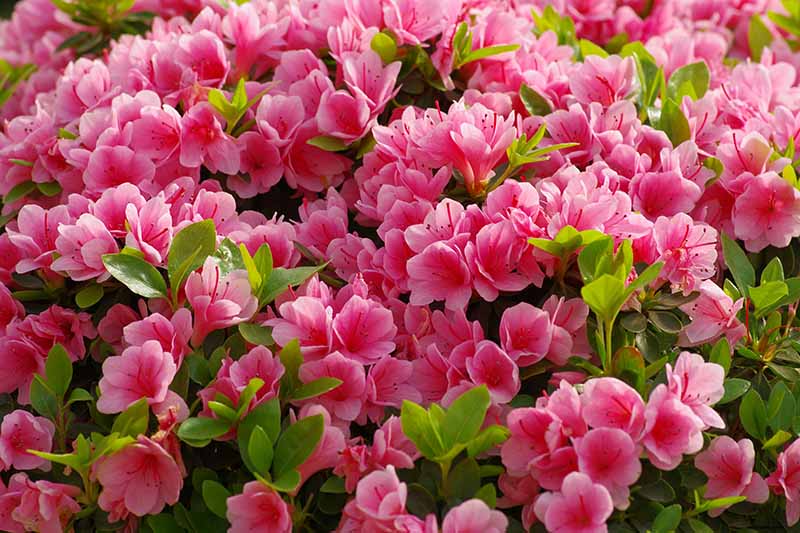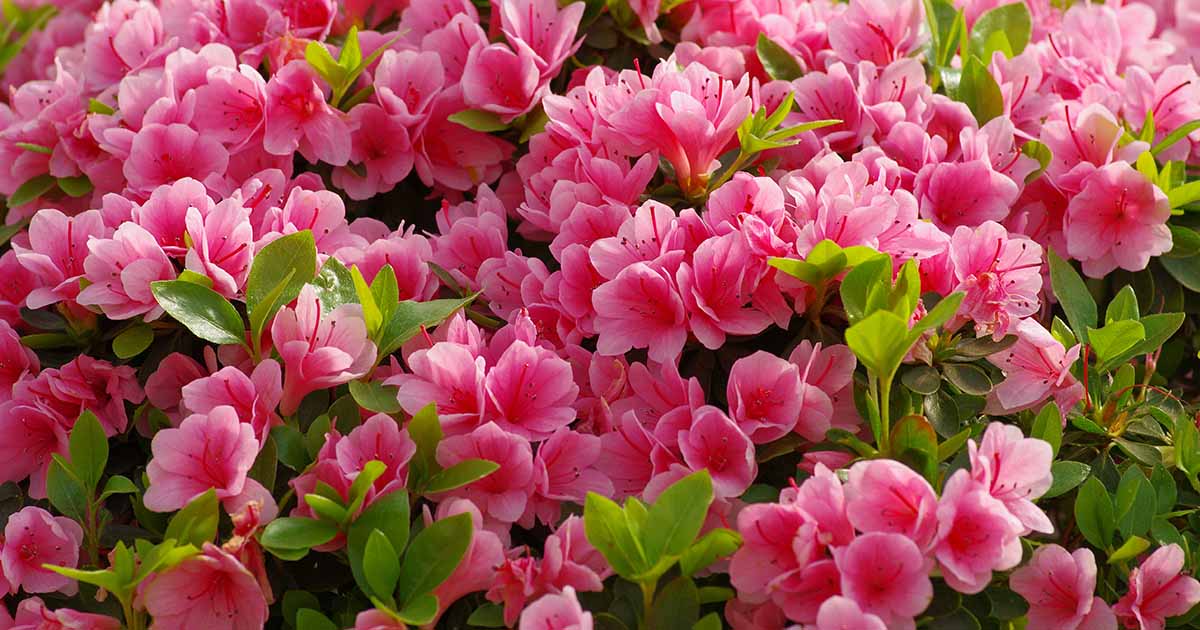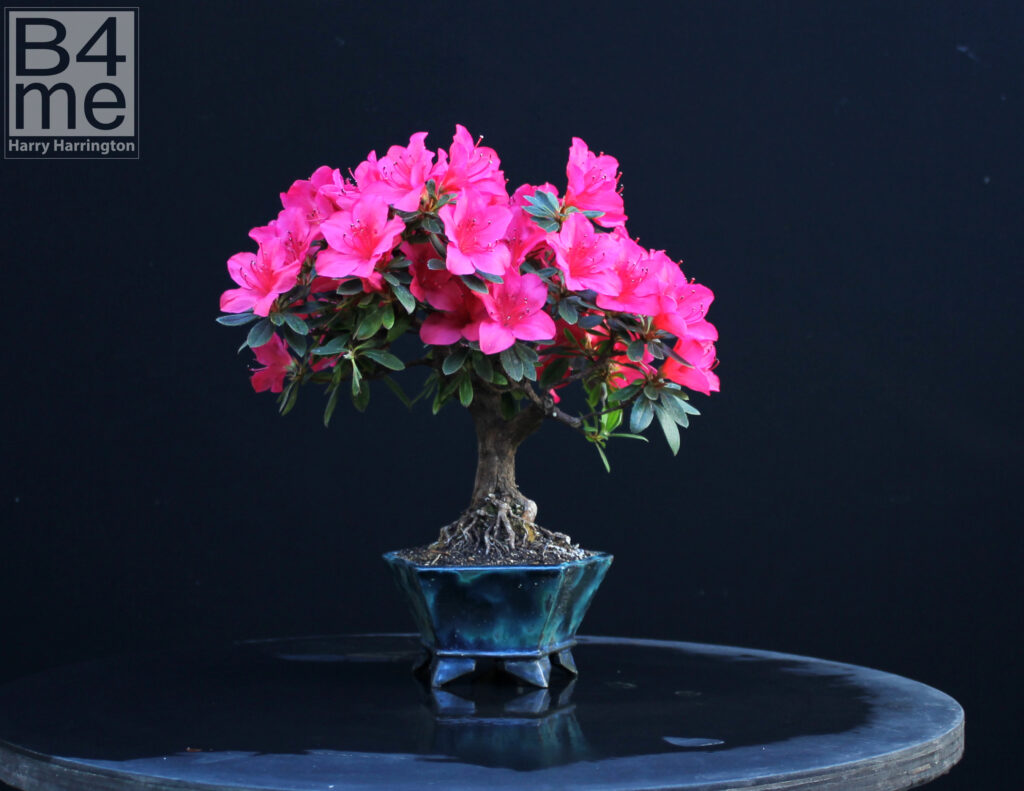Deciduous Azaleas: The Beautiful Bloomers That Lose Their Leaves In The Winter
Deciduous azaleas are a beautiful and diverse group of plants that are prized for their colorful blooms. Unlike their evergreen counterparts, deciduous azaleas lose their leaves in the winter, making them a unique addition to any garden.
What are deciduous azaleas?
Deciduous azaleas are members of the Rhododendron genus, which also includes evergreen azaleas, mountain laurels, and rhododendrons. Deciduous azaleas are native to East Asia, where they can be found growing in forests and woodlands.
Deciduous azaleas typically grow 3-6 feet tall and wide, with spreading, mounded growth habits. The leaves are oval-shaped and have a glossy green color. In the spring, deciduous azaleas produce a profusion of colorful blooms. The flowers can be single or double, and come in a wide range of colors, including white, pink, red, purple, and yellow.
Where to grow deciduous azaleas
Deciduous azaleas are best suited for USDA hardiness zones 5-9. They prefer full sun to partial shade and moist, well-drained soil. Deciduous azaleas are susceptible to root rot, so it is important to plant them in well-drained soil. They also appreciate a layer of mulch around the base of the plant to help retain moisture and suppress weeds.
How to care for deciduous azaleas
Deciduous azaleas are relatively easy to care for. Water them regularly, especially during the spring and summer when they are actively growing. Fertilize them once a year in the spring with a balanced fertilizer. Prune them after they bloom to remove spent blooms and to shape the plant.
What causes deciduous azaleas to lose their leaves?
Deciduous azaleas lose their leaves in the winter as a natural response to cold weather. The leaves contain a chemical called abscisic acid, which triggers the leaves to drop off. This helps the plant conserve energy and survive the cold winter months.
How to overwinter deciduous azaleas
If you live in an area with cold winters, you may need to take some steps to protect your deciduous azaleas from the cold. In the fall, before the first frost, mulch the plants with a thick layer of leaves or pine needles. You may also want to cover the plants with a burlap sack or other protective material.
With proper care, deciduous azaleas can be a beautiful and long-lived addition to any garden.
Deciduous azaleas are a beautiful flowering shrub that can add a splash of color to your garden in early spring. They come in a variety of colors, including red, orange, yellow, pink, and white. Deciduous azaleas are also relatively easy to care for, making them a good choice for gardeners of all levels of experience.
If you're interested in learning more about deciduous azaleas, I recommend visiting Garden Wiki. This website has a wealth of information about deciduous azaleas, including care tips, planting instructions, and a variety of photos. You can also find a list of deciduous azalea cultivars that are well-suited for different growing conditions.
I hope this helps!
FAQ of deciduous azaleas
- What are deciduous azaleas?
Deciduous azaleas are a type of azalea that loses its leaves in the fall and winter. They are typically smaller than evergreen azaleas and have more delicate flowers. Deciduous azaleas are native to North America and can be found in a variety of colors, including white, pink, red, and purple.
- Where do deciduous azaleas grow best?
Deciduous azaleas prefer to grow in partial shade in well-drained, acidic soil. They are not tolerant of full sun or wet soil.
- How do I care for deciduous azaleas?
Deciduous azaleas need to be watered regularly, especially during the summer months. They should also be fertilized in the spring and fall with an azalea fertilizer. To prevent pests and diseases, deciduous azaleas should be pruned in the spring or fall.
- How do I propagate deciduous azaleas?
Deciduous azaleas can be propagated by taking cuttings in the spring or fall. To take a cutting, simply cut a 4-6 inch section of stem from the plant and remove the bottom leaves. Dip the cutting in rooting hormone and plant it in a well-drained potting mix. Keep the potting mix moist and place the cutting in a shady spot. The cutting should root in about 4-6 weeks.
- What are some common problems with deciduous azaleas?
The most common problems with deciduous azaleas are leaf spot, powdery mildew, and root rot. Leaf spot is a fungal disease that causes brown spots on the leaves. Powdery mildew is a fungal disease that causes a white powdery film on the leaves. Root rot is a fungal disease that causes the roots to decay. To prevent these diseases, deciduous azaleas should be watered regularly, fertilized properly, and pruned to promote good air circulation.
Image of deciduous azaleas
5 different images of deciduous azaleas from Pinterest:
- Image 1: A deciduous azalea bush in full bloom with bright pink flowers.

- Image 2: A close-up of the flowers of a deciduous azalea, showing their delicate petals and yellow stamens.

- Image 3: A deciduous azalea bush in the fall, with its leaves turning red, orange, and yellow.

- Image 4: A deciduous azalea bonsai tree, with its small, delicate leaves and bright pink flowers.

- Image 5: A deciduous azalea hedge, with its bright pink flowers providing a splash of color in the landscape.

Post a Comment for "Deciduous Azaleas: The Beautiful Bloomers That Lose Their Leaves In The Winter"